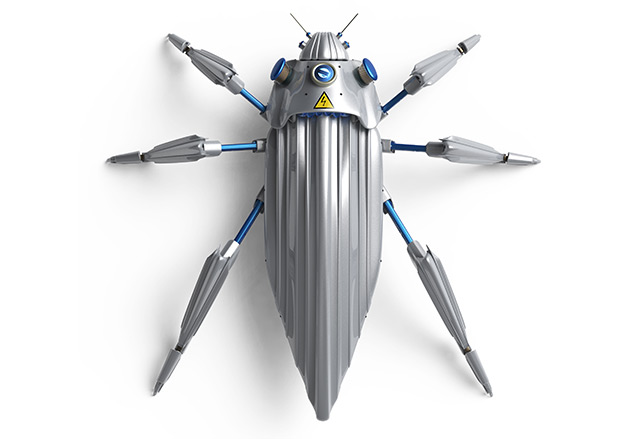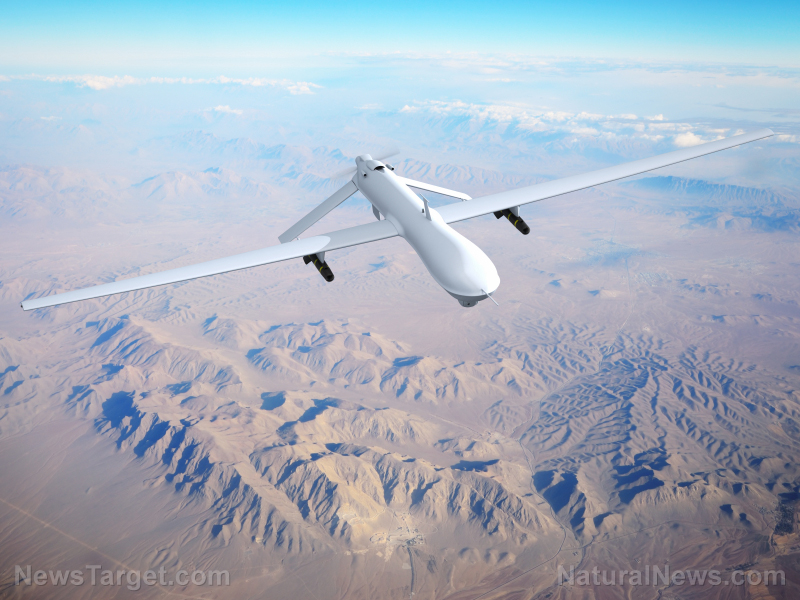The U.S. military has unveiled plans to use artificial intelligence (A.I.) on the battlefield; however, the military admits that they are struggling to keep up with commercial A.I. firms.
The great challenge for A.I. researchers in 2016 will be to figure out how to enable machines to think for themselves; to make them autonomous. With this technology, the military hopes A.I. can control everything, from cyber soldiers to the targeting systems of the F-35.(1)
According to Deputy Defense secretary Robert Work, “The Department of Defense is a follower. The commercial world has already made this leap. We have to catch up with them quickly.”(1)
In addition, while speaking at a national security forum co-sponsored by the Center for a New America Security and Defense One, Work acknowledged that cyber wars of the future will by launched by A.I. “You cannot have a human operator operating at human speed fighting back cyber tech. You are going to need [to] have a learning machine that does that,” he said.(1)
He also stated that automated weapons were on the horizon. but believes strongly that humans should be the only ones to decide when to use lethal force. “But when you’re under attack, especially at machine speeds, we want to have a machine that can protect us,” he added.(1)
Viva la fifth revolution
While the mainstream media has heralded advancements in A.I. as “the fifth industrial revolution,” its imminent grip on society is by no means unexpected. Nutritionist Oz Garcia predicted at the dawn of the millennium in his book The Healthy High Tech Body, that the 21st century would be the era of autonomous robots:
“Using robotic technology, doctors could conceivably use telemanipulation to direct surgery over millions of miles so that no astronaut need ever be ‘lost in space.’ And, scary as the thought may be, the twenty-first century just might see the advent of robotics, powered by artificial intelligence, able to diagnose, analyze, and operate on human abnormalities with no human help at all.”(2)
The U.S. military wants to use augmented reality, which blurs the line between what’s real and what’s computer generated, to help ground troops. The technology will be able to pinpoint targets, identify gunfire and aid with communication. To help melt theory into reality, the military is now awarding research contracts to a myriad of companies to develop the technology.
All of these projects fall under Darpa’s new Squad X Core Technologies (SXCT) program, which will enable U.S. troops to see a multi-faceted picture of their operational environments. This would include the place, activity and nature of nearby allies and enemies.
A ‘super brain’ on the battlefield
“If we launch seven missiles at a surface action group and one missile goes high, and is looking at all the different things that the battle group is doing to defend itself and it sees something new that’s not in its library, it will immediately report back on the learning network, which will go back to a learning machine, which will create ‘here’s something you should do’ which will pass it over to human machine collaboration,” Work said.(1)
“So the mission commander can make an adjustment on the next salvo and then make a command change inside the software of the missile so that the next seven missiles launch will be that much more effective,” he added.(1)
This type of real-time environment awareness technology has already been made available for airplanes, submarines and tanks. It has yet to be seized by Infantry squads, however, because the technology is too heavy to wear on the battlefield. Soldiers already have to carry 100 pounds worth of gear, which can quickly tire the human body.
To overcome this hurdle, the SXCT program plans to develop technologies that can be incorporated into user-friendly systems.
Sources include:
(1) TimesNewsDaily.com
(2) Garcia, OZ. The Healthy High Tech Bodies, Harper Collins. 2001.




















